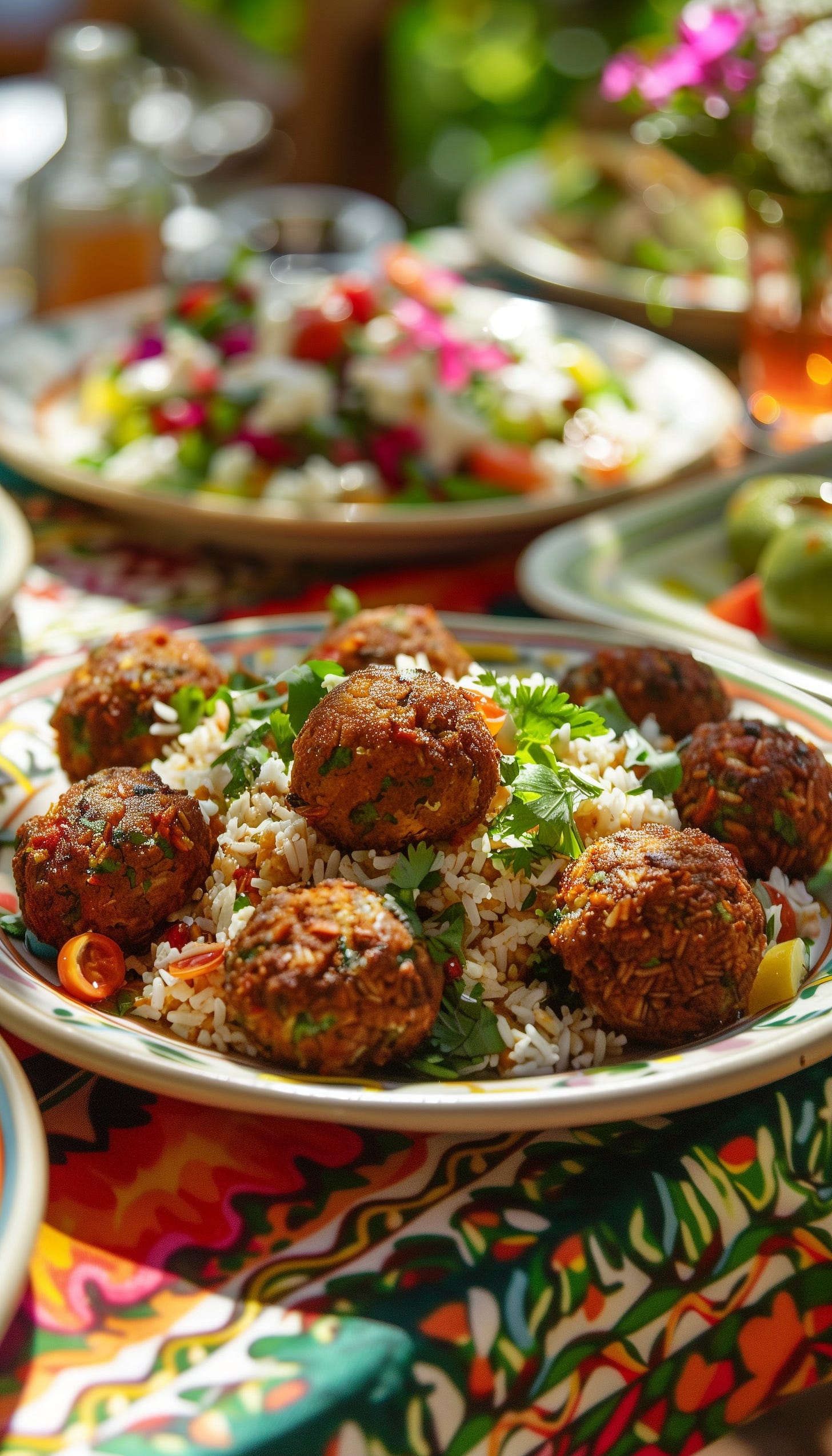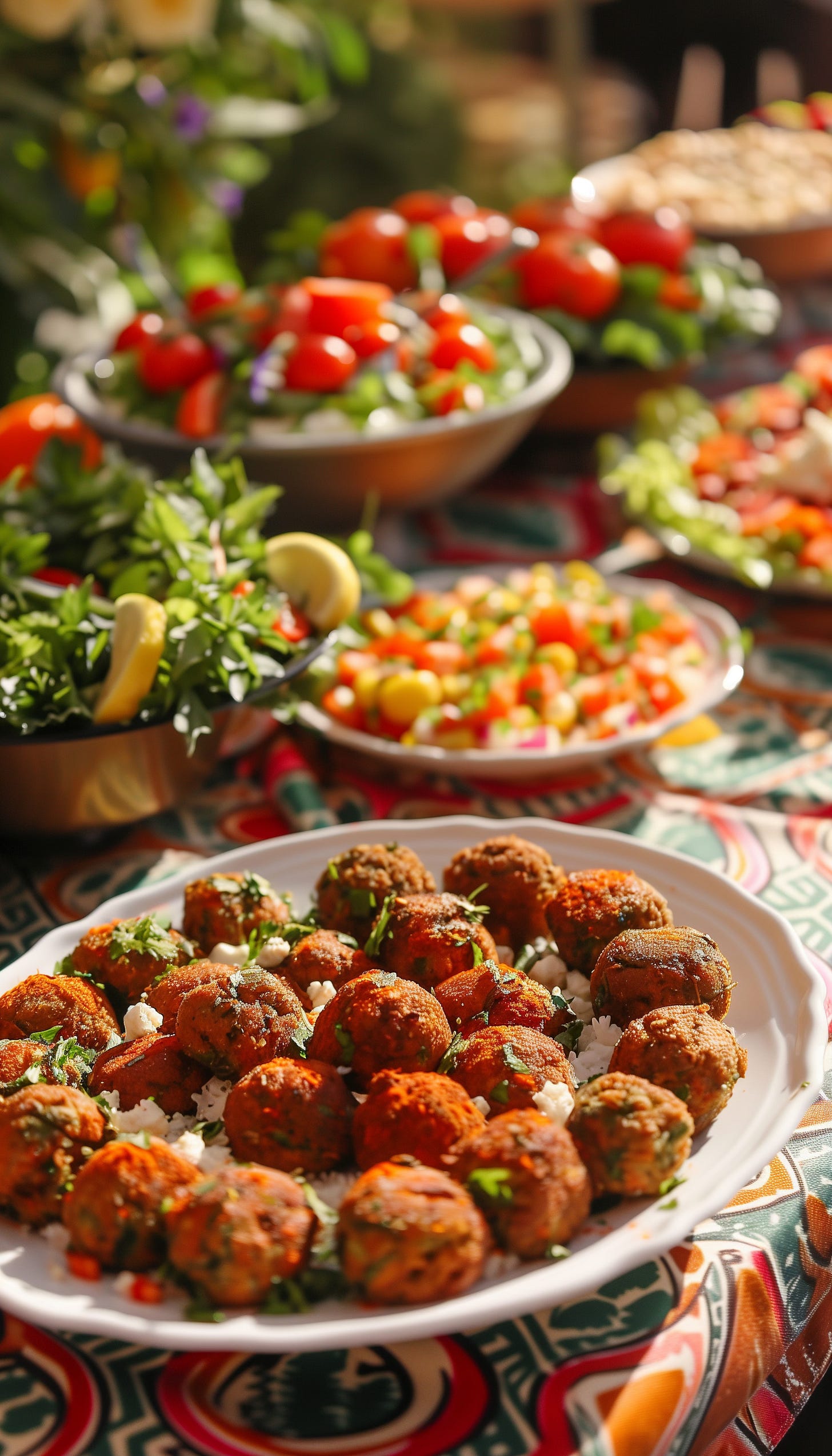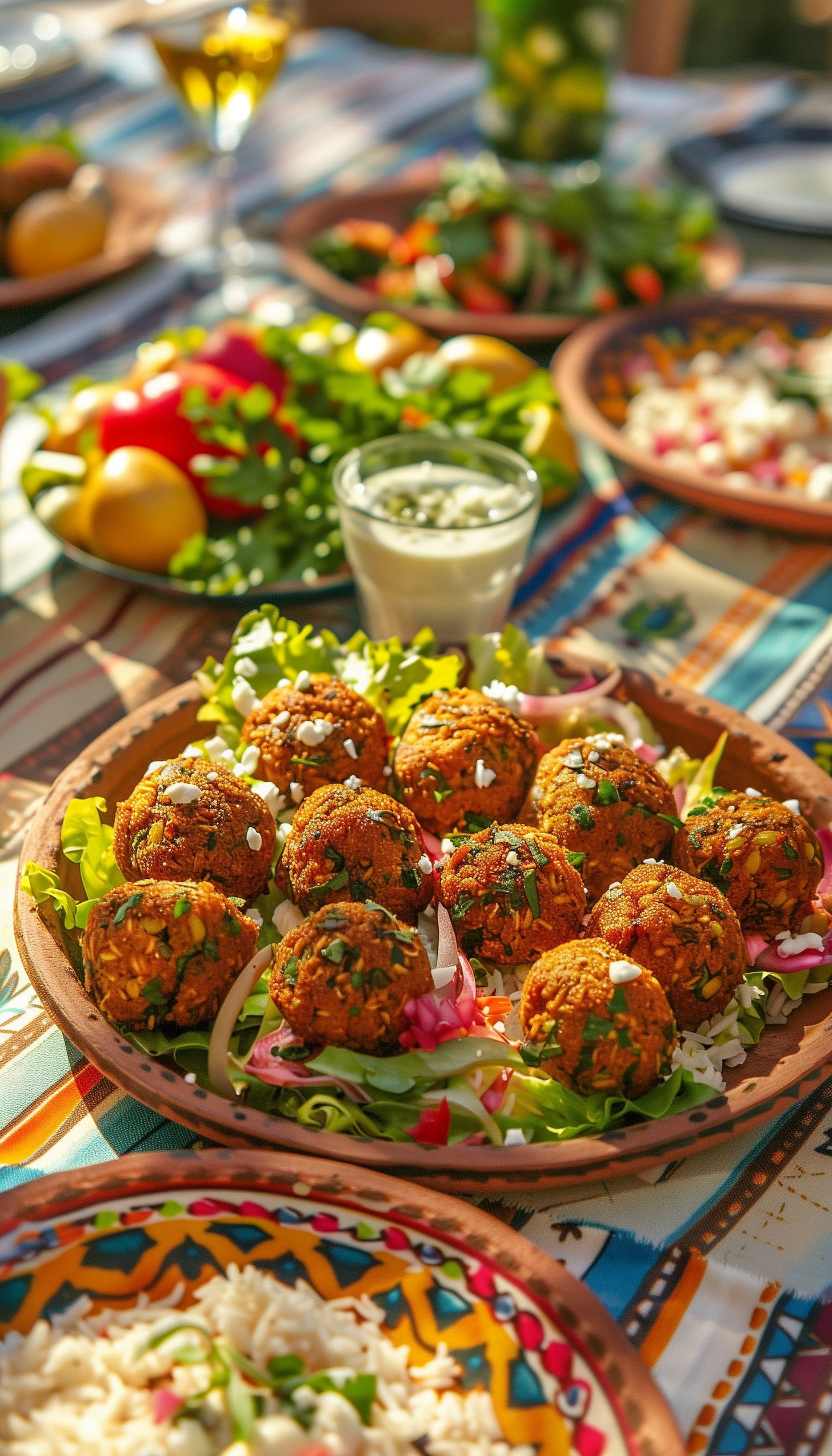In honor of Earth Day, let's explore the power of embracing a flexitarian diet—a lifestyle that emphasizes plant-based foods while allowing for occasional consumption of meat. Not only does this dietary approach benefit the environment, but it also promotes personal health and well-being. As I reflect on my visit to the Oxford Museum of Natural Science, where I saw my artwork on display after winning a contest with Shoal, an organization specializing in freshwater fish conservation, I was struck by an exhibit highlighting the dramatic environmental impact of the meat industry. It's sobering to realize that America has the largest meat-eating population in the world. However, amidst this realization, I discovered the concept of being a flexitarian, which encourages reducing meat consumption without completely giving it up—a perfect solution for those not yet comfortable with fully eliminating meat from their diet. Not only does this dietary approach benefit the environment, but it also promotes personal health and well-being. Here are five compelling reasons to consider adopting a flexitarian diet:
Reduced Carbon Footprint:
Consuming plant-based meals significantly reduces carbon emissions compared to meat-based meals. Producing plant-based foods requires less energy and resources, leading to lower greenhouse gas emissions.
According to research, producing a plant-based meal results in approximately 50-60% less greenhouse gas emissions compared to a meat-based meal. By reducing meat consumption, individuals can contribute to mitigating climate change and preserving our planet's health.
Conservation of Water Resources:
The production of meat, especially beef, requires substantial amounts of water. Adopting a flexitarian diet conserves water resources by minimizing the demand for meat production.
On average, it takes over 1,800 gallons of water to produce just one pound of beef, while producing plant-based foods consumes significantly less water. By choosing plant-based options, individuals can help conserve precious freshwater resources.
Preservation of Biodiversity:
Animal agriculture is a leading cause of habitat destruction and biodiversity loss. By reducing meat consumption, individuals can help protect natural habitats and preserve biodiversity.
Choosing plant-based foods supports ecosystems by reducing the pressure on land and wildlife populations. Embracing a flexitarian diet promotes harmony between human activities and the natural world.
Improved Personal Health:
A flexitarian diet rich in fruits, vegetables, whole grains, and legumes offers numerous health benefits. Plant-based foods are high in essential nutrients, fiber, and antioxidants, promoting overall well-being.
Research suggests that adopting a plant-based diet can lower the risk of chronic diseases such as heart disease, diabetes, and certain cancers. By prioritizing plant foods, individuals can enhance their health and vitality.
Promotion of Sustainable Farming Practices:
Supporting plant-based agriculture encourages the adoption of sustainable farming practices such as crop rotation, organic farming, and agroforestry.
Plant-based farming methods promote soil health, biodiversity, and long-term sustainability. By choosing plant-based foods, individuals can contribute to the development of a more resilient and environmentally friendly food system.
Recipe: Savory Falafel
Ingredients:
1 ½ cups dried chickpeas, soaked overnight (or canned chickpeas, drained and rinsed)
1 small onion, chopped
3 cloves garlic, minced
1/4 cup fresh parsley, chopped
1/4 cup fresh cilantro, chopped
1 teaspoon ground cumin
1 teaspoon ground coriander
1/4 teaspoon cayenne pepper (optional, for heat)
1 teaspoon salt, or to taste
1/2 teaspoon black pepper
1 tablespoon all-purpose flour or chickpea flour (for binding, optional)
1 teaspoon baking powder (optional, for extra crispiness)
Vegetable oil, for frying
Instructions:
If using dried chickpeas, drain and rinse them after soaking overnight. If using canned chickpeas, drain and rinse them well.
In a food processor, combine the soaked or canned chickpeas, chopped onion, minced garlic, fresh parsley, fresh cilantro, ground cumin, ground coriander, cayenne pepper (if using), salt, and black pepper. Pulse until the mixture is finely ground but not pureed. It should have a coarse texture.
Transfer the falafel mixture to a mixing bowl. If the mixture seems too wet, add a tablespoon of flour to help bind it together. If desired, add baking powder for extra crispiness.
Cover the bowl and refrigerate the falafel mixture for at least 1 hour to allow the flavors to meld and the mixture to firm up.
After chilling, shape the falafel mixture into small balls or patties, about 1 ½ inches in diameter.
In a large skillet, heat vegetable oil over medium-high heat. Once the oil is hot, carefully add the falafel balls or patties in batches, being careful not to overcrowd the pan.
Fry the falafel until golden brown and crispy, about 3-4 minutes per side. Use a slotted spoon to transfer the cooked falafel to a plate lined with paper towels to drain excess oil.
Serve the falafel hot with your favorite accompaniments such as pita bread, hummus, tahini sauce, chopped tomatoes, cucumbers, and lettuce. Enjoy the delicious homemade falafel!
Embracing a flexitarian diet offers a myriad of benefits for both the planet and personal health. By reducing meat consumption and incorporating more plant-based foods into our meals, we can contribute to a more sustainable and resilient future for generations to come. So why not take a step towards a greener lifestyle this Earth Day and beyond?









